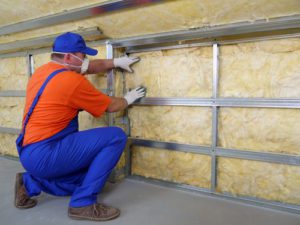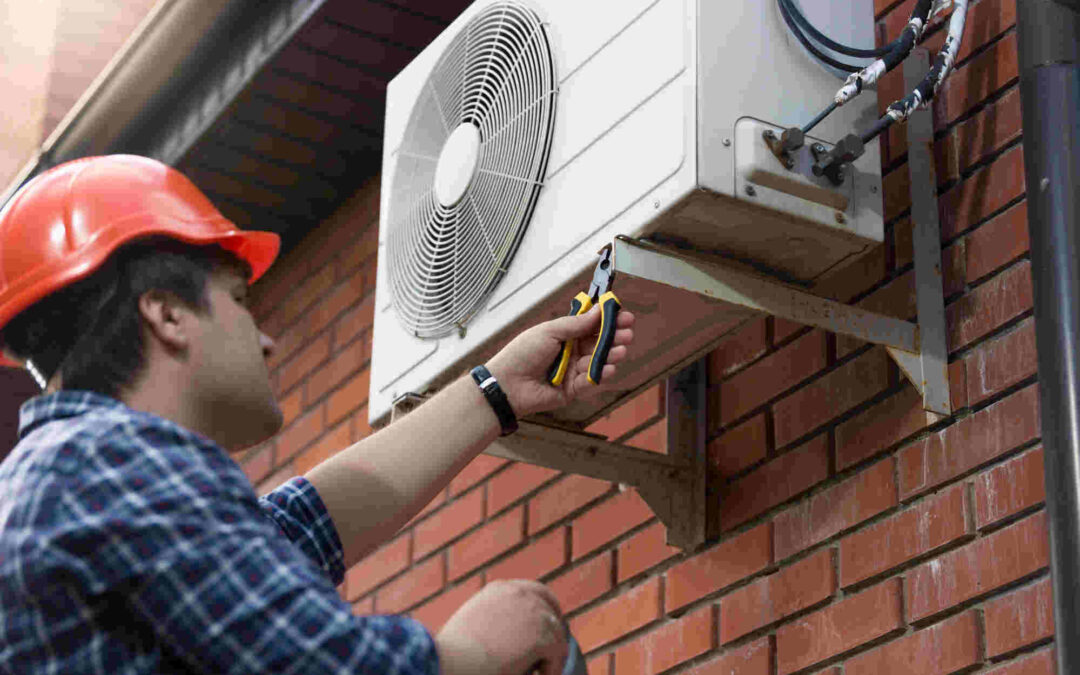Winter’s fury can unleash some of the most dreadful weather conditions known to man. To guard against nature’s fierceness in the winter consider insulating your home. Successful insulation will help you keep warm this winter. It acts as a thermal barrier and it is this obstruction that stops hot outdoor air from coming into your home during the hot summer season. Now in the winter period it entraps the air from your HVAC system. This helps to provide a warm and snuggly home environment for your family.
 Different Types Of Insulation
Different Types Of Insulation
The success of your insulation is evaluated as R-value. The more elevated the R-value is, the more powerful your insulation’s immunity would be to heat circulation. Despite this, you should not have the same R-value insulation installed through your home. Rooms with cathedral ceilings would be more suited to have elevated R-value insulation. However, rooms with more solid walls would not be as appropriate.
The US Department of Energy has entrusted R-values for given areas. The climatic conditions of the area must be taken into consideration as well as the heating and cooling energy costs for the specific areas outlined by local law. Insulation comes in four models and these are:
- rolls and batts
- loose-fill
- rigid foam
- foam-in-place
Rolls and batts are typically flexible insulators that are made of fibers, like fiberglass. Loose-fill insulation on the other hand use loose fibers or pellets. Rigid foam is more expensive than fiber, but generally has a higher R-value per unit of thickness. Foam-in-place insulation can be blown into small areas to control air leaks, like those around windows, or can be used to insulate an entire home.
A higher R-value insulation is costly. In a hot climate, your R-value in your attic should be between 30 and 60. However, for other parts of your home it should be about 12 to 15.
Have Professionals Help You
Give your home the upgrade it deserves this winter season. You will be amazed at how this changes the way your home feels. It is advised that you hire a professional to help identify the best way to secure your home. Why not get a home energy audit completed? A home energy audit would assess your heating system, present insulation, windows, doors and other areas of your home. This will help you identify any problems first hand so you can deal with them promptly. Contact Valley Comfort Heating and Air Conditioning for fast results.
FAQs about Home Insulation in Winter
1. Why is home insulation important in the winter?
Home insulation acts as a barrier to keep heat inside during winter, preventing it from escaping through walls, floors, and roofs. Effective insulation can cut heating costs by up to 20% annually. It helps maintain a cozy indoor environment and reduces the strain on your HVAC system, leading to energy savings and increased comfort.
2. What is the best type of insulation for winter?
The best type of insulation depends on your home’s specific needs. Fiberglass batts are popular for attics, while rigid foam or spray foam insulation is ideal for sealing gaps in walls and around windows. Spray foam insulation is particularly effective at preventing air leaks, which can save up to 15% on heating and cooling costs.
3. What is R-value, and why does it matter for winter insulation?
R-value measures the insulation’s ability to resist heat flow. The higher the R-value, the better the insulation will perform in keeping heat inside during cold months. For colder climates, an attic R-value between R-30 and R-60 is recommended. Insulating properly based on R-value standards can drastically reduce energy consumption.
4. Can insulating your attic reduce winter heating bills?
Yes, insulating your attic can significantly reduce heating costs in winter. Up to 25% of heat loss in a home can occur through an under-insulated attic. Proper attic insulation helps trap warm air inside, keeping your home more energy-efficient and comfortable.
5. Is foam-in-place insulation a good option for winter insulation?
Foam-in-place insulation is an excellent choice for sealing air leaks in small spaces like around windows or doors. It expands to fill gaps, creating a tight seal that prevents cold drafts. This method improves energy efficiency and can reduce heating bills by up to 15%.
6. How does insulation impact the performance of an HVAC system in winter?
Insulation helps reduce the workload on your HVAC system by keeping warm air inside. Without proper insulation, your heating system may run longer to maintain comfortable temperatures, increasing wear and energy costs. Insulated homes experience less heat loss, allowing the HVAC system to operate more efficiently.
7. Can insulation prevent ice dams from forming in winter?
Yes, proper insulation can help prevent ice dams. Ice dams form when heat escapes through the roof, melting snow that refreezes at the roof’s edge. By properly insulating your attic, you keep heat inside, preventing snow from melting and refreezing on the roof.
8. How does loose-fill insulation differ from other types of insulation for winter use?
Loose-fill insulation consists of small particles like cellulose or fiberglass that can be blown into hard-to-reach areas. It’s ideal for filling irregularly shaped spaces, making it a great choice for attics or walls. Loose-fill insulation provides better coverage compared to batts, increasing energy efficiency.
9. Is it worth getting a home energy audit before winter?
Yes, a home energy audit helps identify energy inefficiencies like air leaks, inadequate insulation, or inefficient heating systems. It can save you up to 30% on your energy bills by suggesting targeted improvements. Professionals can recommend the best ways to insulate your home based on your unique needs.
10. Does insulation need to be upgraded or replaced over time?
Insulation can lose its effectiveness over time due to settling, moisture, or damage. It’s important to periodically check your insulation and replace or upgrade it if it’s no longer performing well. Replacing outdated insulation can lead to a 10-15% reduction in heating costs.



